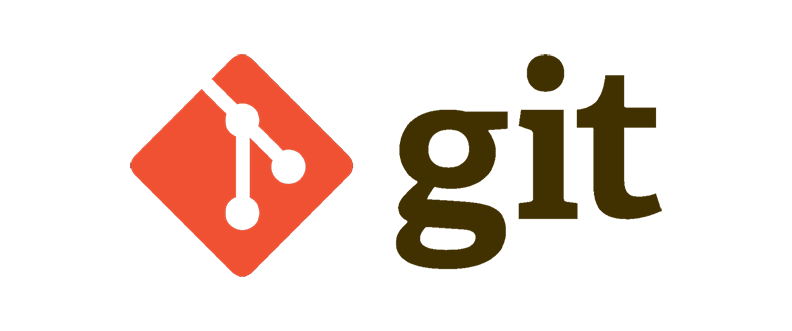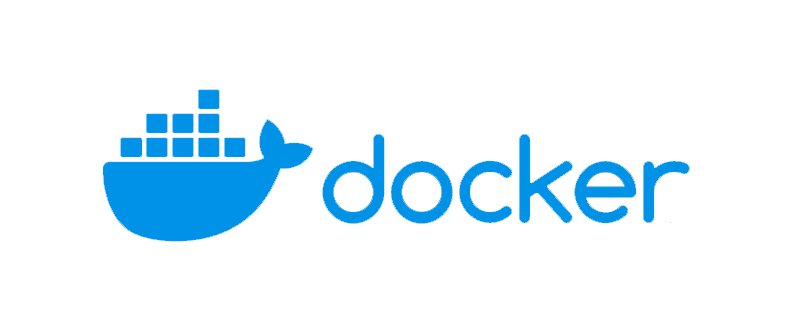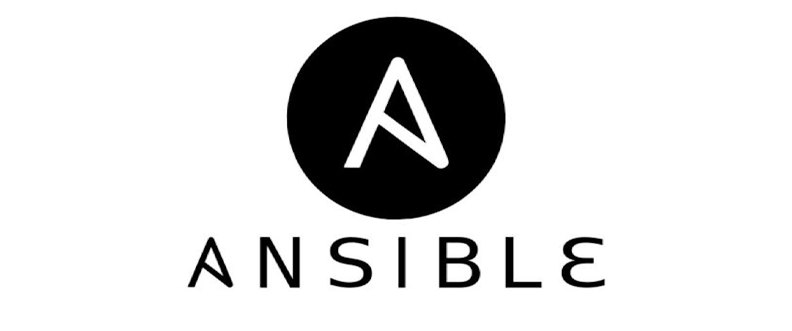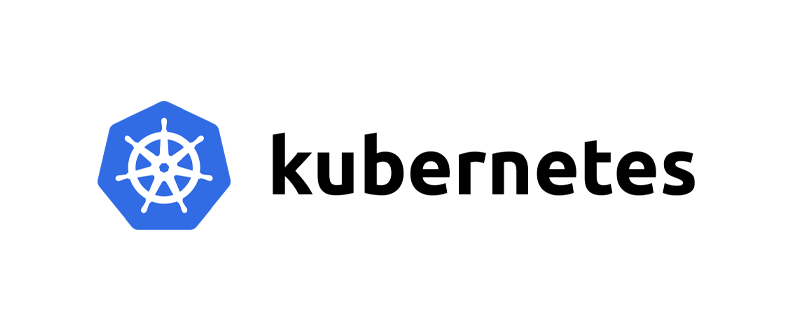Harnessing DevOps: Your Guide to Mastering Key Tools
Written on
Chapter 1: Understanding DevOps
DevOps has emerged as a critical approach in the tech world, acting as a bridge between software development and operations teams. This integration allows for quicker and more efficient software delivery. My own journey into the realm of DevOps has felt like an exciting expedition, filled with new knowledge, personal growth, and the discovery of amazing tools that facilitate collaboration and streamline the development process.

Becoming proficient in DevOps resembles mastering a video game; it requires familiarity with a variety of tools to excel. Just as a chef relies on different utensils in the kitchen, a DevOps professional must be equipped with a comprehensive toolkit. I’ve realized that to truly excel in this field, dedication to learning and practicing these tools is essential. Initially, it may seem daunting, similar to learning to ride a bike, but with persistence, you’ll find it becomes easier and more enjoyable over time.
Let’s delve into the tools I’ve discovered that are invaluable for a career in DevOps. While technology continues to evolve, here’s a list of essential tools that can significantly benefit you as a DevOps engineer.
Section 1.1: Version Control
Version control acts as a smart historian for your code, tracking changes, facilitating collaboration, and enabling you to reverse mistakes when necessary. A key player in this area is Git, which serves as the conductor of version control systems. Git is open-source, incredibly fast, and widely used by developers across the globe.
It’s important to note that Git, along with platforms like GitHub or GitLab, serves different purposes; Git is the tool itself—like a paintbrush—while GitHub and GitLab function as canvases for storing and sharing your code. Thus, think of Git as the magic behind the scenes, with the other platforms showcasing that magic.
As a DevOps professional, mastering Git is crucial. It ensures team coordination and allows you to revert to earlier versions of your code when mistakes occur, transforming chaotic coding scenarios into streamlined operations.
What to Learn:
- Grasp the concepts of branches and merges.
- Learn how to track changes and revert to previous versions.
- Collaborate effectively with fellow developers using Git.
- Utilize online resources and interactive courses to learn Git fundamentals.
- Practice regularly with Git commands and branching strategies.
- Seek advice from experienced Git users and online communities.

Section 1.2: Containerization with Docker
Docker is your essential tool for ensuring that your software performs consistently, regardless of its environment. By encapsulating your application and all necessary dependencies into a container, Docker eliminates the frustrating "it works on my machine" problem. This container includes the required operating system, libraries, and components, creating a predictable environment for your application.
What to Learn:
- Understand containerization concepts and their benefits.
- Master Docker commands for building, managing, and running containers.
- Integrate Docker into your development and deployment processes.
- Start with the basics by building and running simple containers.
- Gradually explore more advanced Docker topics such as networking and volumes.
- Utilize Docker tutorials, hands-on workshops, and online communities.

Chapter 2: Automating and Managing Infrastructure
This video titled "From Zero to DevOps Engineer - DevOps Roadmap for YOUR specific background" provides insights into navigating the DevOps landscape tailored to your unique experience.
Automating with Ansible
Ansible serves as your automation expert, simplifying the process of managing infrastructure tasks. Picture having a digital assistant that executes your commands precisely; that’s Ansible. Rather than manually navigating complex scripts or endless menus, you simply specify your needs in straightforward instructions, and Ansible handles the rest. This tool is particularly effective for configuration management, application deployment, and orchestrating intricate workflows.
What to Learn:
- Familiarize yourself with Ansible’s YAML-based syntax.
- Design and implement automation playbooks for various tasks.
- Integrate Ansible into your DevOps pipeline for ongoing automation.
- Begin with Ansible basics such as installation and configuration.
- Practice automating simple tasks like server provisioning.
- Explore Ansible modules and plugins for advanced scenarios.

Infrastructure as Code (IaC) with Terraform
Think of Terraform as your digital infrastructure architect. It allows you to create and manage your infrastructure as code. Instead of manually setting up servers or databases, you define your desired infrastructure in Terraform code. When executed, Terraform automates the construction and management processes for you, much like having a blueprint that can be easily modified and replicated.
What to Learn:
- Understand the principles of IaC and their application in infrastructure management.
- Master Terraform’s declarative language for defining infrastructure.
- Incorporate Terraform into your DevOps processes for continuous infrastructure provisioning.
- Start with the basics, such as managing simple resources.
- Explore more complex Terraform concepts, like modules and variables.
- Engage with Terraform tutorials, workshops, and online communities.

Continuous Integration and Deployment (CI/CD) with Jenkins
CI/CD stands for Continuous Integration and Continuous Deployment. Continuous Integration ensures that code changes from multiple contributors are automatically verified and integrated. Conversely, Continuous Deployment takes these integrated changes and automatically pushes them to production. This streamlined process enhances the efficiency of software delivery.
Jenkins, an open-source automation server, orchestrates your entire development pipeline, encompassing building, testing, deploying, and monitoring. By automating these tasks, Jenkins minimizes human error and accelerates the software delivery cycle.
What to Learn:
- Understand CI/CD concepts and their significance in software delivery.
- Configure Jenkins pipelines for building, testing, and deploying applications.
- Integrate Jenkins into your DevOps workflow for continuous delivery.
- Begin with Jenkins basics such as installation and configuration.
- Create simple Jenkins pipelines for building and testing applications.
- Explore advanced Jenkins plugins and configurations for continuous delivery.

Container Orchestration with Kubernetes
When managing multiple containers for your applications, you need a solution to coordinate and oversee them effectively. This is where container orchestration comes into play, ensuring all your containers function in harmony. Kubernetes simplifies the deployment, scaling, and management of containerized applications, serving as a control center that ensures their operation, scalability, and communication.
What to Learn:
- Grasp the concepts of cluster management and container orchestration.
- Learn how to deploy and manage containerized applications using Kubernetes.
- Integrate container orchestration into your DevOps workflow for continuous deployment.
- Start with Kubernetes basics, such as setting up clusters.
- Practice deploying and managing simple containerized applications.
- Explore advanced concepts such as service discovery and autoscaling.

Chapter 3: Embracing the DevOps Journey
The second video, "The Complete DevOps Roadmap [2024] - YouTube," outlines the comprehensive steps to navigate the DevOps landscape effectively.
In summary, we have covered the fundamental components that contribute to efficient software development and delivery: Git, the collaborative coordinator; Docker, the environment creator; Ansible, the automation expert; Terraform, the infrastructure architect; Jenkins, the automation server; and Kubernetes, the orchestrator of containers.
As you embark on your DevOps journey, recognize that each tool serves a distinct purpose, enhancing the efficiency of your processes. Embrace these tools not merely as resources but as allies that simplify tasks, minimize errors, and drive your projects forward.
While mastering these tools may seem challenging initially, the rewards are immense. Each command you learn and every piece of code you write contributes to your growth as a tech orchestration professional. So, prepare yourself, explore boldly, and let these tools lead you toward a more streamlined, reliable, and innovative approach to software development.
Keep learning and strive for simplicity!